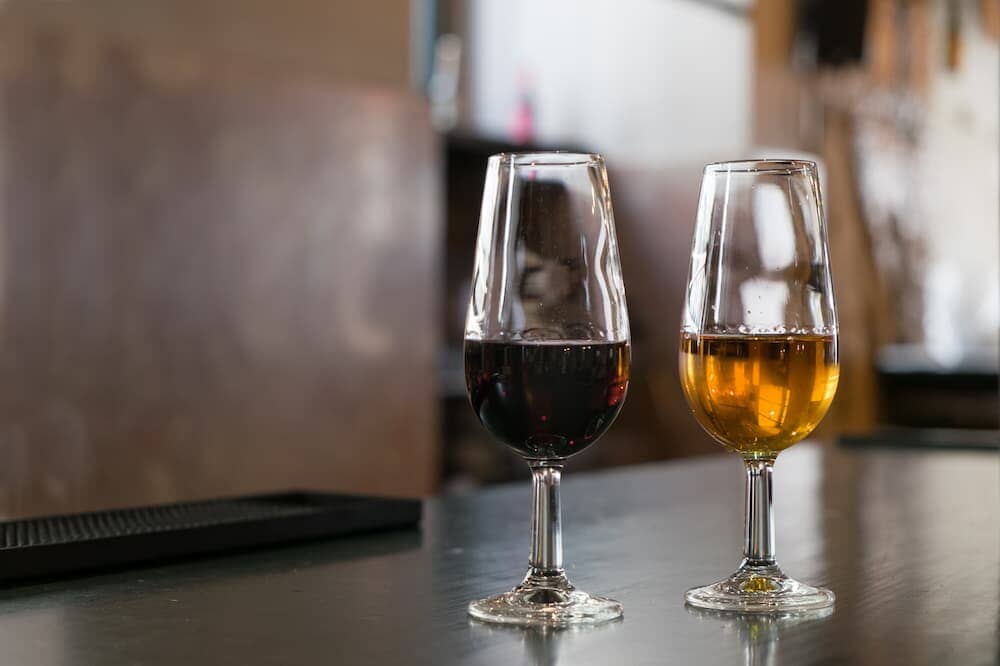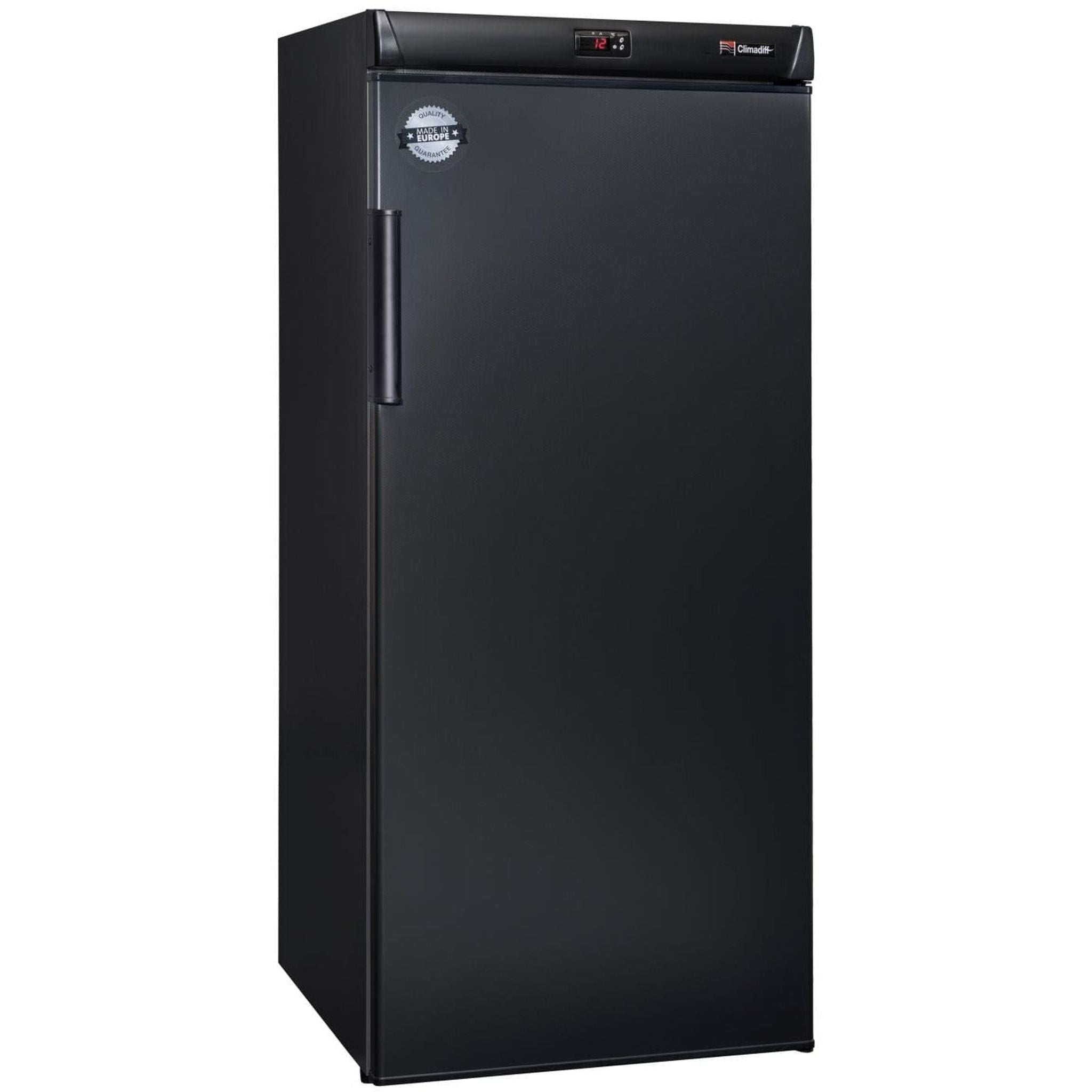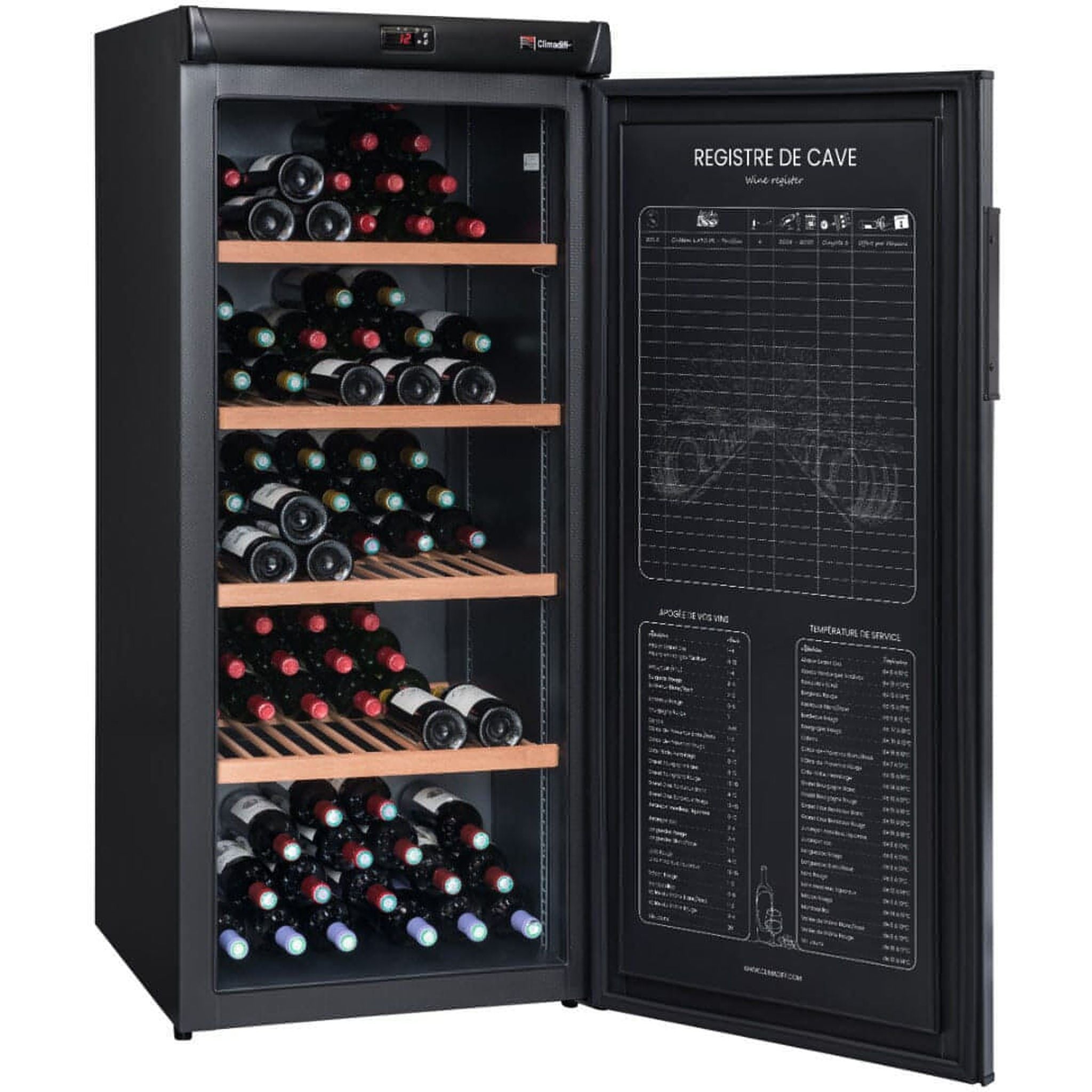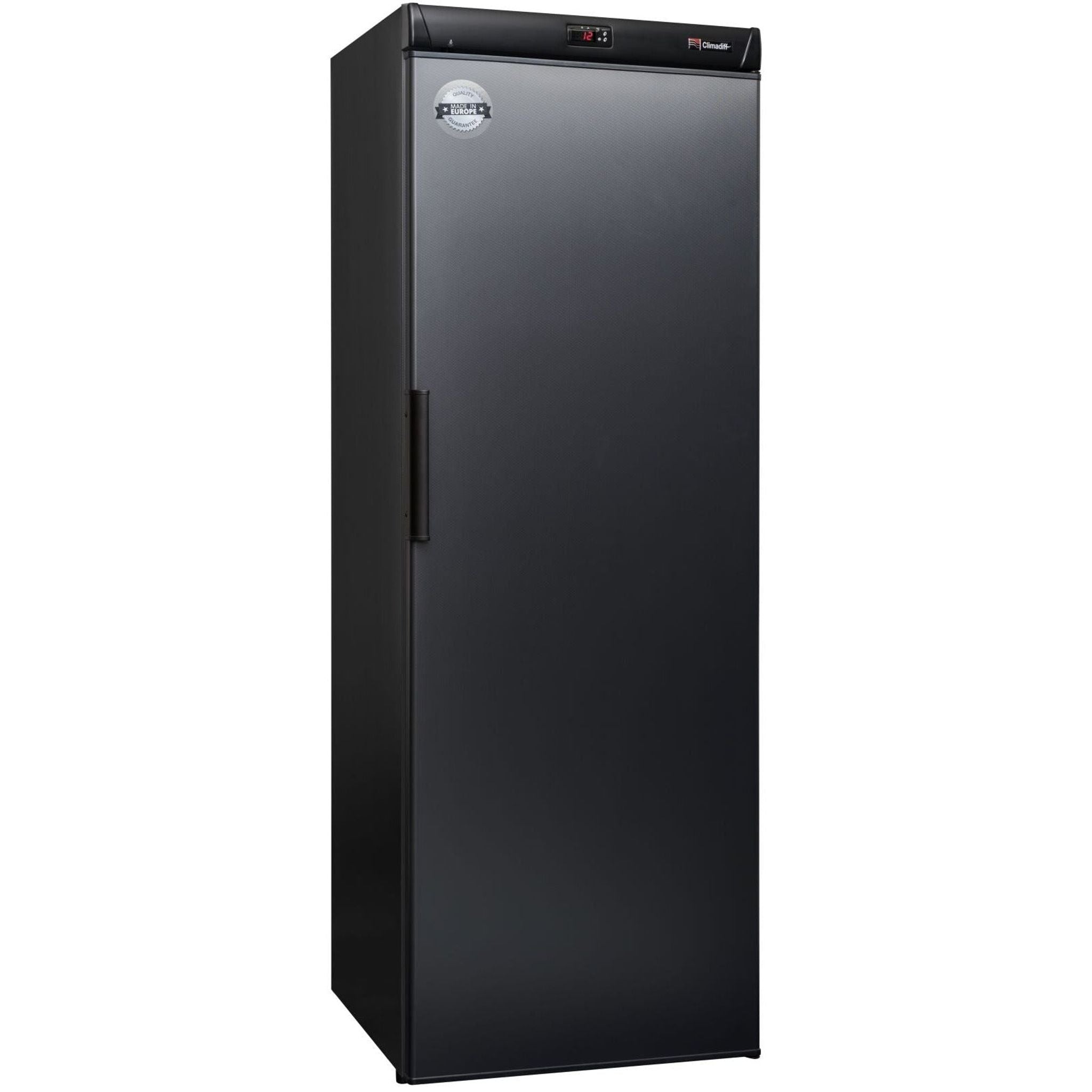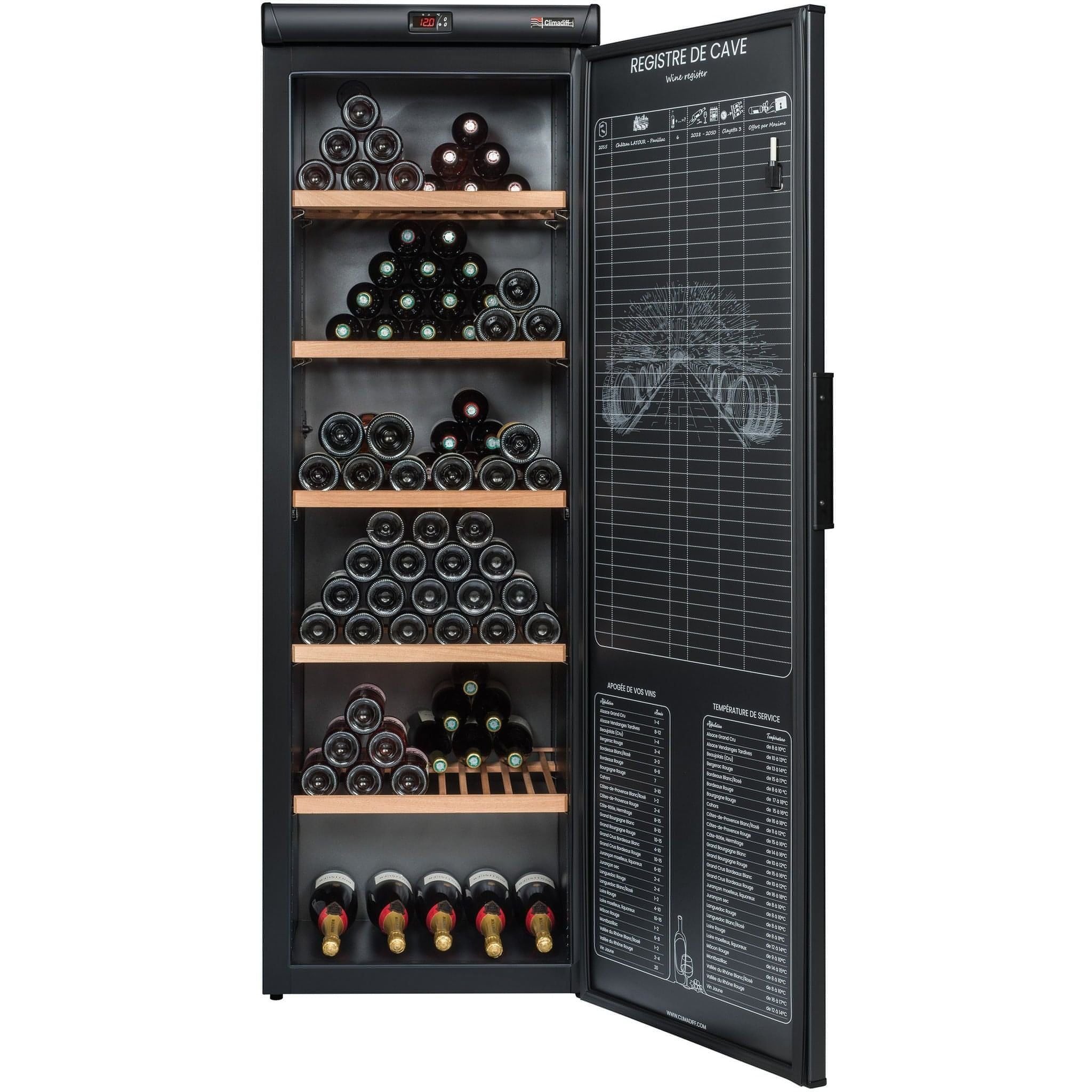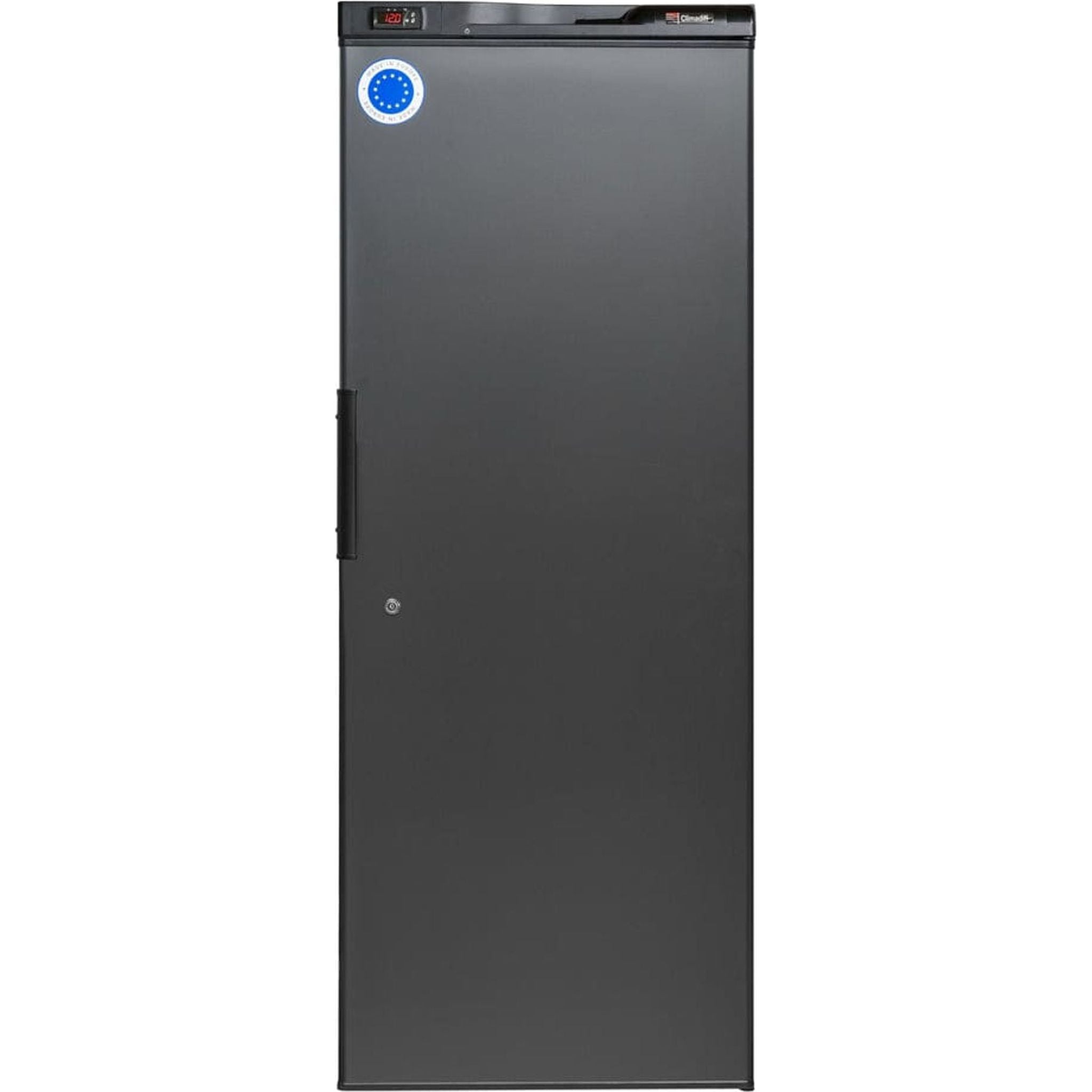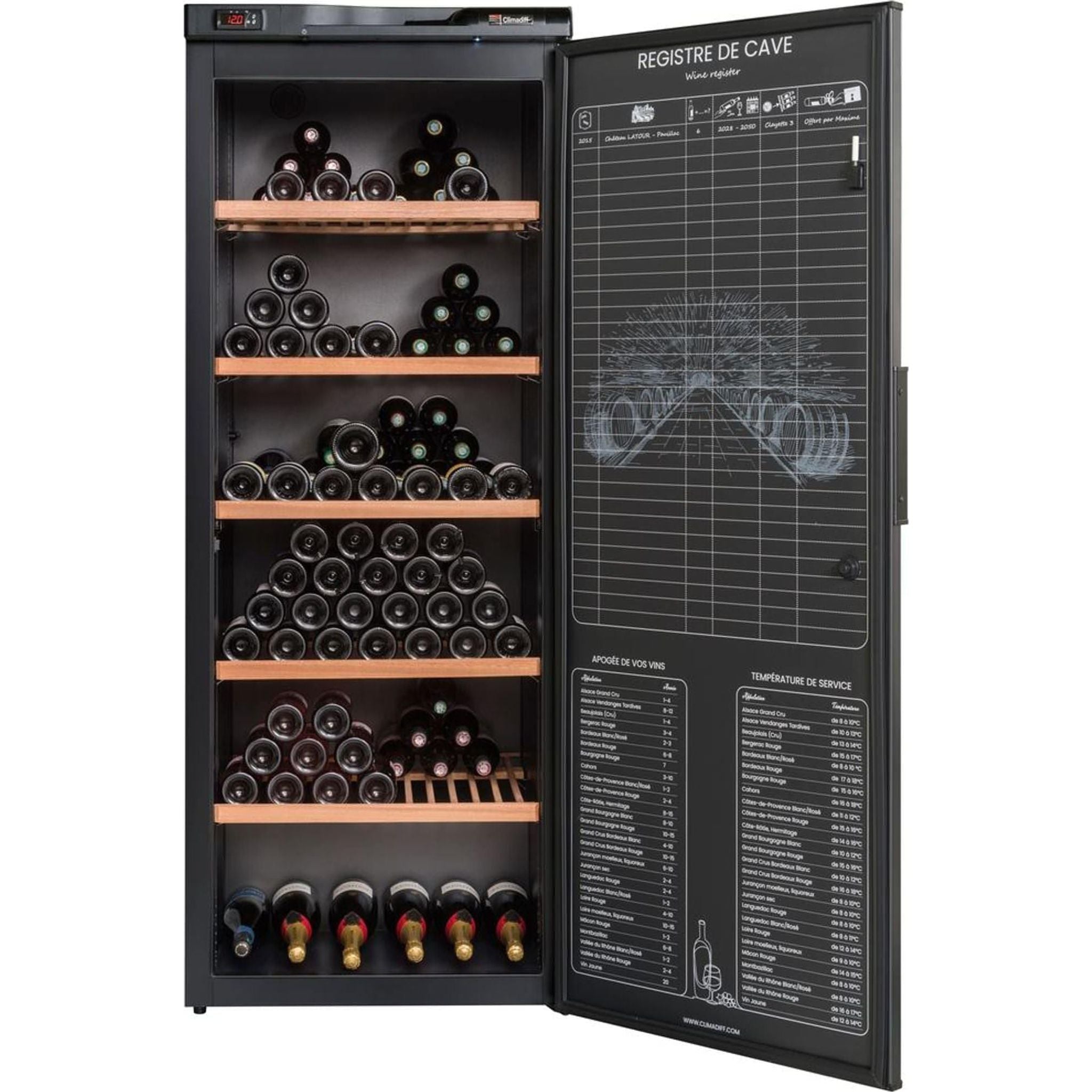There are a wide variety of different types of fortified wine available on the market. From well-known kinds of wine, such as red and white, to less popular ones, such as sparkling and dessert wine.
There are countless ways in which to mix and match these drinks and their elements, but today we’re going to be taking a deeper look at one particular type of wine known as fortified wine.
It’s quite likely that you’ve heard of port or sherry, which are perhaps some of the most famous fortified wine types.
It is consumed all around the world and is often associated with sailors from days gone by. This connection is probably due to the origins of port, and many other fortified wines, for that matter.
Fortified wines were designed with longevity in mind, which was particularly useful for transportation purposes when travelling long distances at sea. But why was this necessary, and what exactly are the ins and outs of fortified wine?
What Is Fortified Wine?
There are different rules and regulations for what constitutes a fortified wine based on its location of origin. Port wines can only come from certain parts of Portugal, and they have to follow somewhat strict guidelines to meet the criteria.
- Fortified wines are wines to which a distilled spirit, usually brandy, is added during fermentation, which stops the process and increases the alcohol content (this is done to increase the alcohol content by 18 to 20%).
- Common types of fortified wines include Port, Sherry, Madeira, and sweet Vermouth, each with distinct flavours and production methods.
- Fortified wines often have a longer shelf life compared to regular wines due to their higher alcohol content, making them suitable for ageing and enhancing their complexity over time.
- As previously mentioned, the description of fortified wine is quite simple, but let’s take a deeper look at some of the wines and how they’re made.
Port Wine
Port is a Portuguese fortified wine that comes from Duoro, which is a region of Portugal. The reason the port comes from Duoro is largely due to the great conditions. When it comes to growing strong, ripe red grapes, there are few places better than Duoro.
Most of the popular red wine varieties that are used in the port-making process come from Portugal, and these include Tinta Barroca, Tinto Cão, Touriga Nacional, Touriga Franca, and Tinta Roriz.
Port wine is naturally very sweet. It has a rich and full flavour, which some would describe as hearty and moreish.
Ruby port is perhaps the most popular variety of port. It’s a deep purple drink with many delightful tastes playing off one another such as raspberry, chocolate and blackberry.
Another popular type of port is Tawny port. With a somewhat more complex flavour that contains caramel, nut, and cinnamon, it is identifiable by its amber complexion.
How Is Port Made?
As was mentioned previously, the port is made from grape varieties found in Portugal. These grapes are crushed in the same way that most red wines are, creating a juice with skins and sediment in it.
Once this part of the process is done, the fermentation process can begin. The fermentation process for port is much shorter than for some other wine varieties.
During this process, the tannins and colours of the grapes are extracted at a faster pace than with red wines.
Yeast is then added to the grape juice, which begins to trigger a reaction within it. This converts the grape sugar into alcohol and carbon dioxide.
Where this differs from the usual wine fermentation process is that it is stopped halfway through as opposed to allowing the process to reach a finish.
This is because if you allow the process to finish, then all of the remaining sugar will be converted into alcohol, and when it comes to vintage ports you need to keep this sugar.
Around here is the part in which the fortification process comes into play. The way you stop fermentation is by killing the yeast that causes it.
To do this, you must inject more alcohol of a stronger variety such as brandy. The extra strength of this alcohol kills off the yeast and stops any fermentation. This is known as fortifying, and is the reason for the sweet fortified wine.
Once this is done, the drink is aged in an oak barrel and eventually bottled. Oak aging can vary in time scale depending upon the needs and preference of the manufacturer, with some ports aged up to an impressive 40 years.
Sherry
Sherry is made in Andalucia, one of the most renowned wine regions in Spain. The fortified wines of Andalucia are made using Palomino, Muscat and Pedro Ximenez grape varieties. Each of these wines has a unique flavour profile that adds to their individual appeal.
Sherry is a versatile fortified wine with a range of styles and colours. From light and dry to dark and sweet, sherry can do it all. But how is sherry made, and in what ways does it differ from port?
How Is Sherry Made?
The sherry-making process is not that different to the port-making process but there are key differences. When the grapes are crushed, they are also pressed to remove the skins.
Sherry also needs full fermentation to take place. This means that all of the sugars are converted into alcohol, rather than prematurely preserved.
Once the fermentation is complete, another grape-derived alcohol is added and this fortifies the wine. Sherry is stored in a different kind of barrel known as a ‘butt’, which doesn’t impart an oak flavour like with port.
The process is known as solera ageing and is an important factor in giving sherry its distinct taste.
What is the Difference Between Wine And Fortified Wine?
Wine and fortified wine share a common source in the fermentation of grapes, but they diverge significantly in terms of production, flavour profiles, and alcohol content.
Firstly, the key difference lies in the alcohol content. While regular wine typically contains alcohol levels ranging from 9% to 16% ABV (alcohol by volume), fortified wine undergoes a process where a distilled spirit, usually brandy, is added during fermentation.
This addition not only stops the fermentation process but also boosts the alcohol content significantly, often reaching levels of 17% to 20% ABV or higher.
Lastly, while both types of wine can be enjoyed young, fortified wines typically have a longer shelf life and can age gracefully for many years, thanks to their higher alcohol content and the oxidative ageing process.
This ageing can further enhance their flavours and create a smoother, more refined drinking experience.
Store Your Fortified Wines Properly With Elite Wine
There are plenty more examples to look at, such as Marsala and Vermouth, but by focusing on the process required to make port and sherry, you can gain a basic understanding of the ins and outs of fortified wine.
If you’re in need of a high-quality wine storage cabinet for your fortified wine, we have a range of wine coolers for you to choose from. Check out our Climadiff collection today.
Climadiff has been working in the industry for numerous years, providing companies like us with their expert products. We work collaboratively with Climadiff to make sure our site is stocked with their products.
Climadiff is well-respected, with many of our customers shopping their collection daily. Proving to be incredibly popular, it’s clear to see why so many people return for more wine-cooling products from Climadiff.
If you’re looking at buying a storage cabinet made by Climadiff, don't hesitate to give us a call for any additional information. For more information on the wonderful world of wine storage, feel free to check out more of our content.

